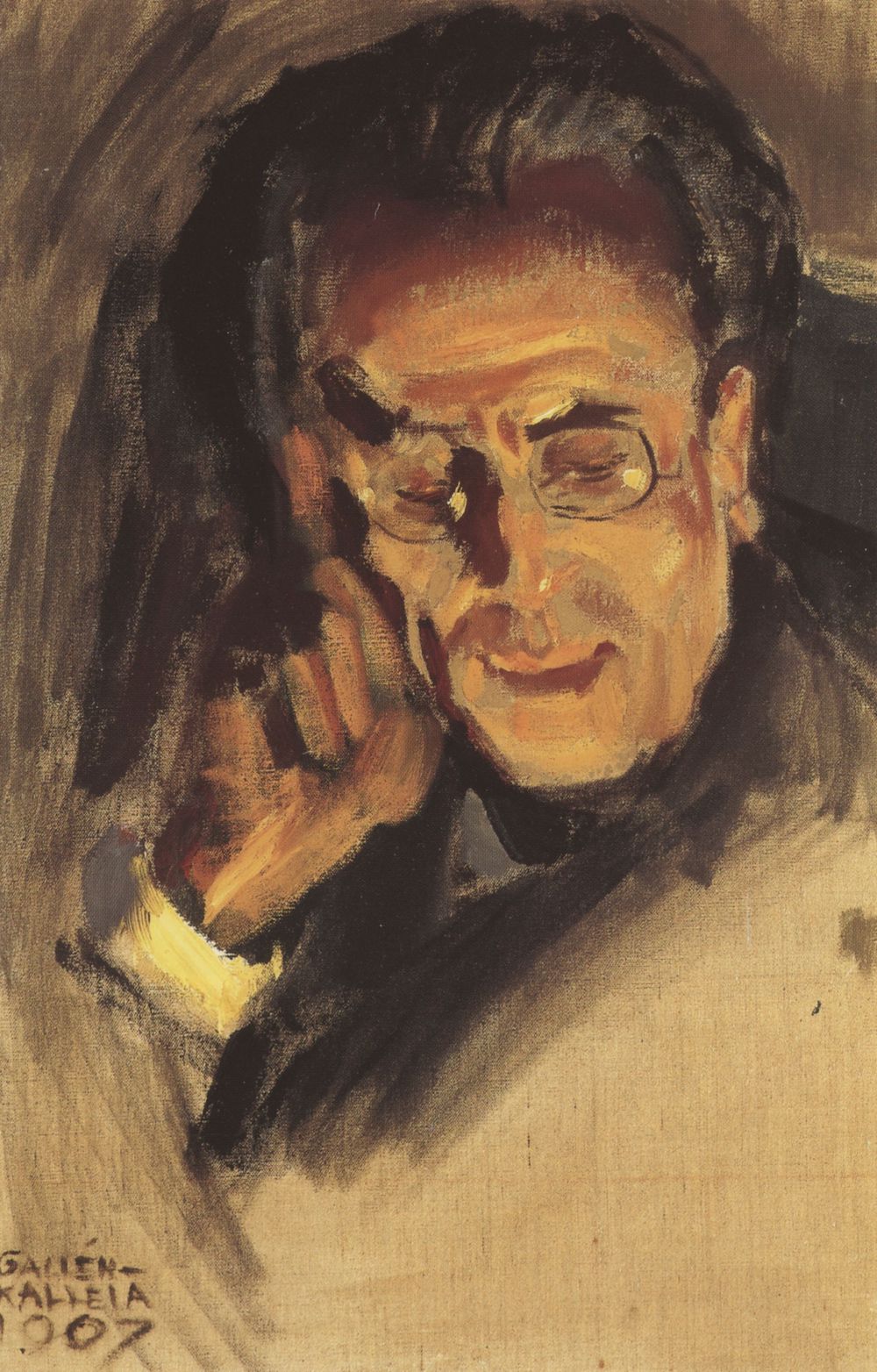They say that by their works shall ye know them, but in the case of Gustav Mahler the reverse is true: in order to understand the works, it helps to know something of the man himself. Mahler was a bundle of contradictions. A passionate Wagnerian, despite being born an Austrian Jew; an otherworldly artist who negotiated cast-iron business contracts; a self-effacing maestro who drove players crazy with his fanatical artistic determination. All of these have contributed to the sense of confusion that has swirled around this five-foot three bundle of neuroses ever since his premature demise.
Of course, Mahler would have been the first to direct any would-be biographer to the music itself. “My two symphonies contain the inner aspect of my whole life,” he told the violist Natalie Bauer-Lechner in the 1890s. “I have written into them everything that I have experienced and endured – truth and poetry in music. To understand these works properly would be to see my life transparently revealed in them.” Later on, Mahler was to declare that his Sixth Symphony posed riddles that could only be solved by those familiar with its predecessors.
 Gustav Mahler by...
Gustav Mahler by...











Comments
Log in to join the conversation.